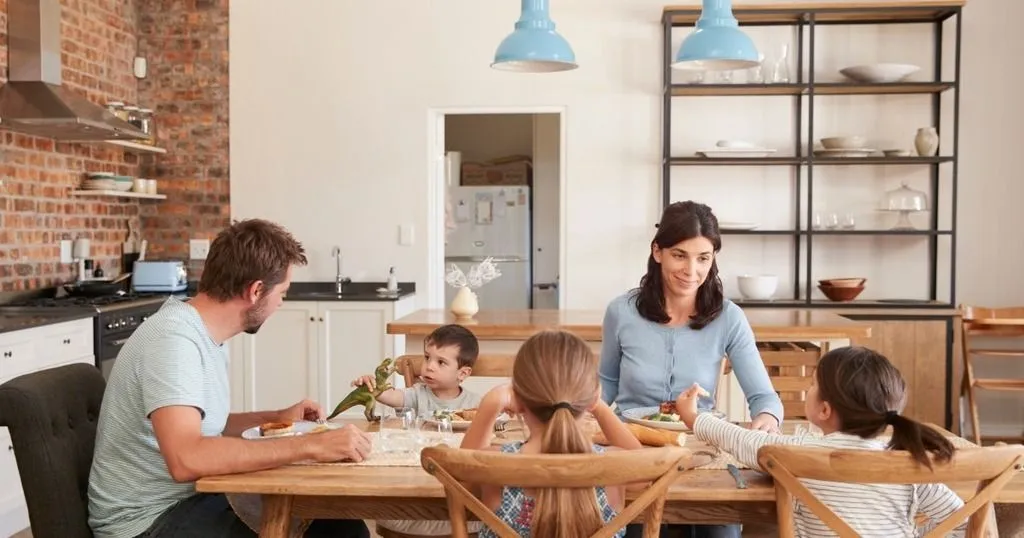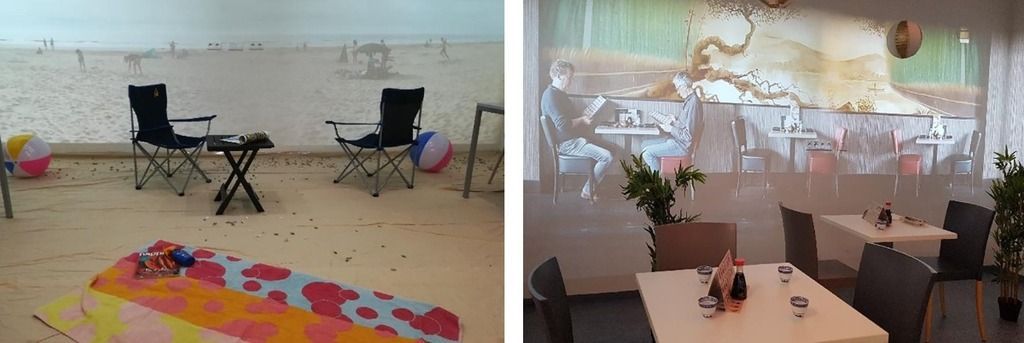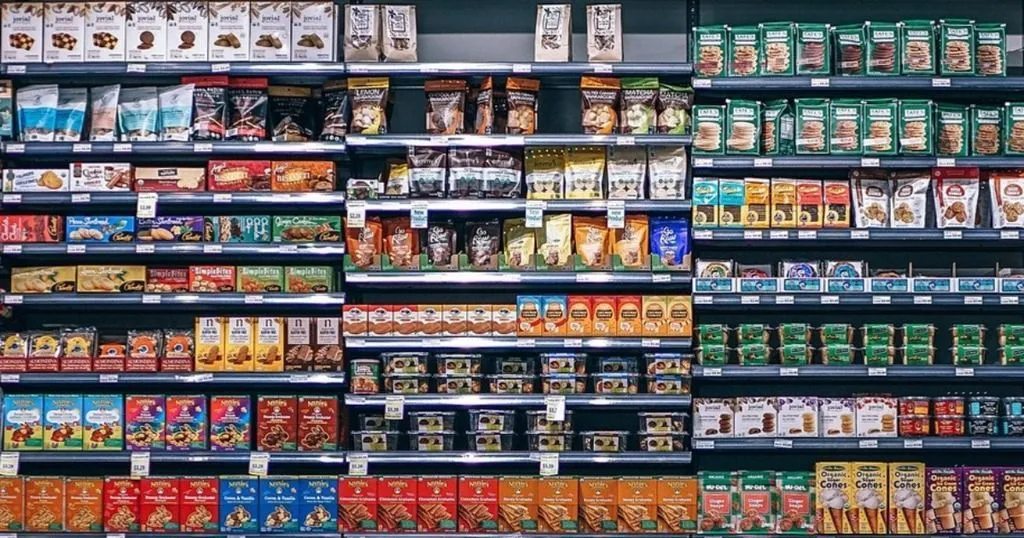Measuring consumer choice behavior
Two recent projects provide new insights into how best to measure the choices that we make.
Posted by
Published on
Thu 11 Mar. 2021
Topics
| Consumer Behavior | Eating Behavior | Physiology | Emotions |

Imagine that you are sitting in a laboratory. You're surrounded by bright white and stainless steel surfaces. Someone wearing a lab coat comes in with a white plastic tray in his or her hand. On the tray there is a small square of chocolate, which is offered to you. You pick it up and eat it.
Later that day you are at home, on a comfortable chair, listening to your favorite music, in front of a warm fire. When a friend offers you some chocolate, do you think you might enjoy it more that the one you ate in the sterile laboratory environment?
Of course you will! However, even though this is a well-known fact to scientists studying consumers' responses to food, still the majority of experiments carried out today are done in conditions like the first example.
The influence of control
The advantage of a laboratory is that everything is controlled and uniform. If you do the experiments in people's homes, everyone's living room will be different, there is the problem of privacy, and it will probably cost a lot more time to carry out. Nevertheless, researchers are increasingly turning to carrying out those types of experiments in real life environments, simply because otherwise their carefully collected data might actually not mean much in the real world.
For instance, if you have developed a new flavor of chocolate, but it can only be distinguished from the old brand and appreciated by trained experts in controlled conditions, then it is not so likely that anyone will buy it in preference to the old one. The vast majority of new food products flop; they are withdrawn from sale before the year is out. The traditional way of assessing them is thought to be one of the reasons for that failure.
Technology to the rescue
There are two ways in which technology can come to the rescue of researchers struggling with this issue. Firstly, a simulated environment can be a good substitute for the real world. This can range from a simple computer monitor, to a VR headset, to an experience room in which the participants can move around naturally, with video projected on the walls and the background sounds, lighting and sometimes even smells can be adjusted accordingly. In that way everyone's living room can indeed be identical and the context can quickly and easily be changed.
Breaking Habits
In the Breaking Habits for the Better project, led by Wageningen University and Research with a number of other partners including Noldus, they carried out such experiments. One of the questions that they investigated was how much the appropriateness of the context influences how much we enjoy food. Does sushi really taste better in a sushi restaurant?
In their experience room they built two contexts. A sushi restaurant complete with the right furniture, subtle lighting and background sounds, and also a beach with deck chairs, bright bluish light, beach sounds and even beach balls and shells. In both setups the relevant background was projected around the walls.

Image from https://doi.org/10.1016/j.foodqual.2021.104193, available under Creative Commons license [1].
They tested two products; sushi and popsicles (ice lollies). The results were striking; the participants liked the sushi more in the restaurant than on the beach, and they liked the popsicles more on the beach than in the restaurant.
This shows two things. Firstly, that the context really does make a difference to how much we enjoy food. And secondly, that it is possible to create an immersive enough experience in a simulated environment that it will significantly affect participants, even though they were well aware the whole time that they weren't really on the beach or in a restaurant.
Objective measures
A second way in which technology can come to the rescue of researchers struggling to measure the consumer experience is by objectively measuring the emotions and behaviors of the participants. In studies like the one above, participants are asked how they feel about the food. That does indeed yield valuable information.
However, there are also shortcomings to that method. There is the danger that they give socially desired answers, perhaps subconsciously. For instance, they might guess that they are testing a new product and that the person in front of them might be pleased if they say that they like it. Also, people vary a lot in their ability to articulate or even in how much they know how they feel about things. That can be trained, but then you are no longer testing the response of your buying public.
A solution is to complement the questions asked with measurements such as facial expressions (recent versions of FaceReader also work when the mouth is obscured or if the participant is chewing) or physiology. Facial expressions are the primary way in which we communicate our emotions to others, and we often make them without thinking about what we are communicating.
Responses like changes in heart rate, pupil diameter, and sweating occur without us realizing and can give a lot of information about how and especially how much someone feels about something. It is important to note that it is not that the objective measures give right answers and subjective questions wrong answers, but that they provide complementary insights [2].
NOLDUSHUB: Your data in a heartbeat
Discover how NoldusHub benefits your research, and why it is the best multimodal platform for you to use:
- Clean and easy to use interface
- Synchronization from the start
- Powerful data visualizations
COMFOCUS
These objective methods have been used in psychological studies for decades, but they are relatively new to the field of consumer behavior research. A large European project called COMFOCUS has started at the end of 2020. That project is also led by Wageningen University and Research with Noldus as one of the partners. One of the aims of that project is to develop methodologies for objective measurements of consumer behavior.

An important aspect of the methodology development is to harmonize the protocols and define standards for taking objective measures. That will be carried out for a number of different methodologies including physiological measures, virtual reality research, text mining, and longitudinal studies.
There will also be work done on integrating the data. Partly that will consist of working out how to integrate the different types of data just mentioned, which is a far from trivial problem. In addition, Noldus will be creating a software platform which will integrate, synchronize, and analyze the data, especially data gathered using a variety of different sensors. The availability of standard methods and tools for carrying out this research is expected to give a great boost to the field and Noldus is happy to be able to contribute to that.
RESEARCH PROJECT: Want to partner with us?
If you are setting up a research project and think that Noldus could be a partner in your consortium, let us know!
- Develop solutions in consortia
- Co-develop
- Trust our 35+ years of experience
References
1. G. van Bergen, E.H. Zandstra, D. Kaneko, G.B. Dijksterhuis, R.A. de Wijk (2021). Sushi at the beach: Effects of congruent and incongruent immersive contexts on food evaluations. Food Quality and Preference, 91, 104193. https://doi.org/10.1016/j.foodqual.2021.104193.
2. Roelien van Bommel, Markus Stieger, Michel Visalli, Rene de Wijk, Gerry Jager (2020). Does the face show what the mind tells? A comparison between dynamic emotions obtained from facial expressions and Temporal Dominance of Emotions (TDE), Food Quality and Preference, 85, 103976. https://doi.org/10.1016/j.foodqual.2020.103976.
Related Posts

Shopping behavior - what can we measure in a retail environment?

Why you should use FaceReader Online for your human behavior research
